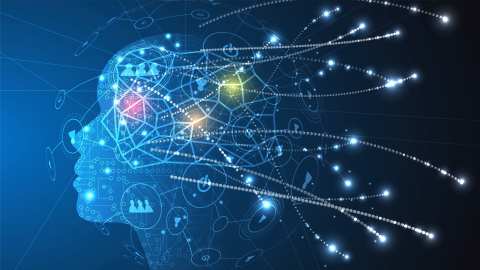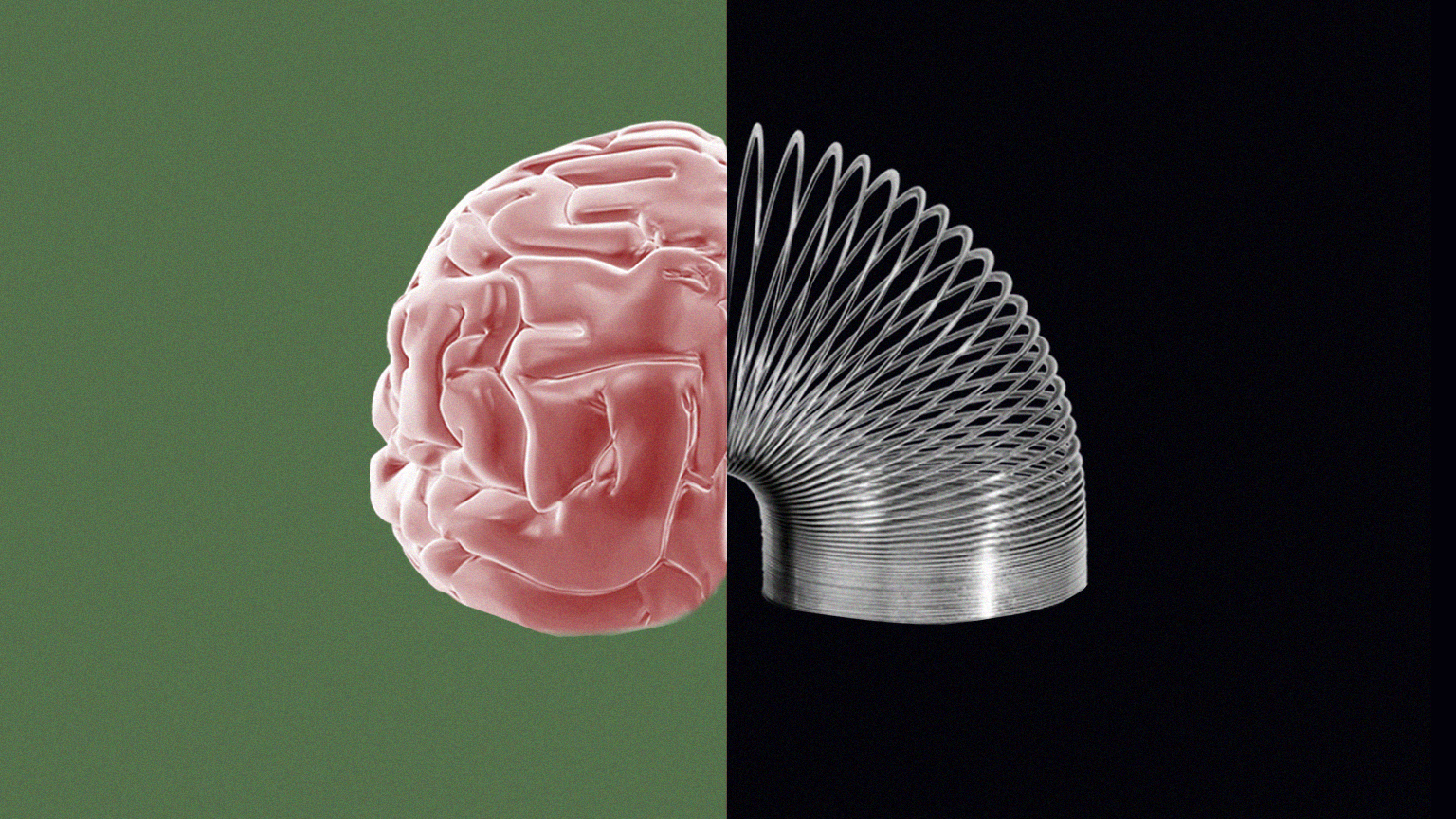Neurodiversity: How unusual minds bring hidden strengths

An autistic woman, Judy Singer, coined the term ‘neurodiversity’ in her 1988 thesis as a label for the unique contribution made to the world by people whose brains are wired differently. (Other, better-known authors such as Harvey Blume and Oliver Sacks popularized the term.) In valuing neurodiversity, we recognize and appreciate our neurological differences. In her Big Think+ video “Embrace Neurodiversity,” evolutionary biologist Heather Heying explains why neurodiversity can be a valuable asset to a company — after all, the neurodiverse often provide “solutions, perspectives, and insights we’d otherwise lack.”
Who’s neurodiverse and how might they be helpful?
Among the traits that would make a person qualify as neurodiverse are autism, dyslexia, color blindness, and left-handedness. Each of these is a persistent, stable, complex, and relatively rare variation, or ‘phenotype’. To succeed from an evolutionary point of view, Heying points out, phenotypes need to be adaptive, carrying with them some benefit that makes people exhibiting them uniquely valuable to their community or environment. As such, she asserts, “what the world is calling a deficit is almost always going to exist in trade-off relationship with some hidden strength.”
In her video, Heying mentions how even seemingly mundane differences such as left-handedness and color blindness nonetheless indicate that those who have these traits have brains that are wired just a bit differently. This means not only that they must process information in a non-standard way, but that they may also have unusual gifts as a result.
Dyslexia is a relatively modern phenotype, Heying notes, with reading being something we’ve only been doing for a couple of thousand years. Here, too, though, she sees an evolutionarily sound trade-off, since “the lessened ability to process written symbols into meaning in your head looks to me like it’s a trade-off relationship with the ability to engage in real time and speech.”
It’s also been the case in Heying’s experience that people on the autism spectrum who struggle to relate to others may be exceptionally astute observers of social interactions, “so long as they’re not the ones participating.” As she recalls, “I’ve had a number of autistic students actually point out to me dynamics that were emerging in classrooms that I hadn’t yet seen, and once they were pointed out I could see.”
Managing neurodiverse teams
When you’re managing a neurodiverse team, along with the benefits may come some unique issues involving perceived fairness. These can occur if non-neurodiverse team members come to resent the unusual behavioral latitude extended to the neurodiverse.
Heying recommends preventing such bad feelings by developing a strong level of trust between team members. Take some time to let people get to know each others’ strengths and struggles. Resentment because someone else is getting away with unusual behavior can thus be preempted by the understanding that the neurodiverse team member isn’t making the same rebellious choice a non-neurodiverse person might be making if they behaved that way.




